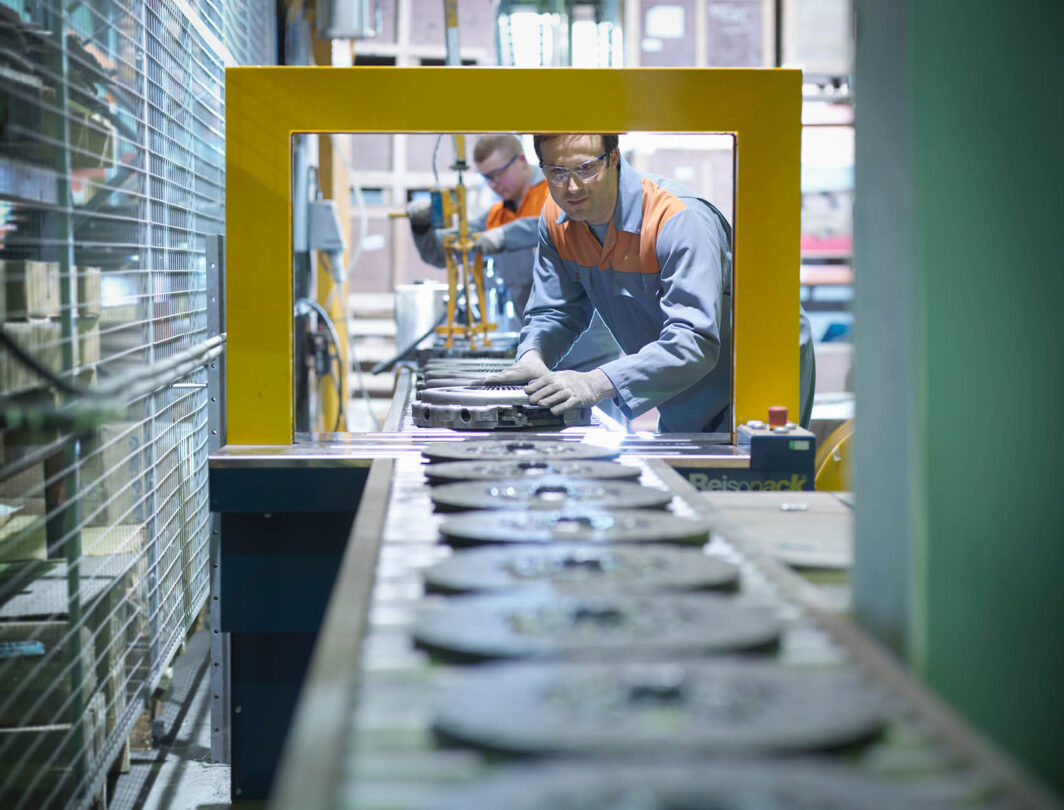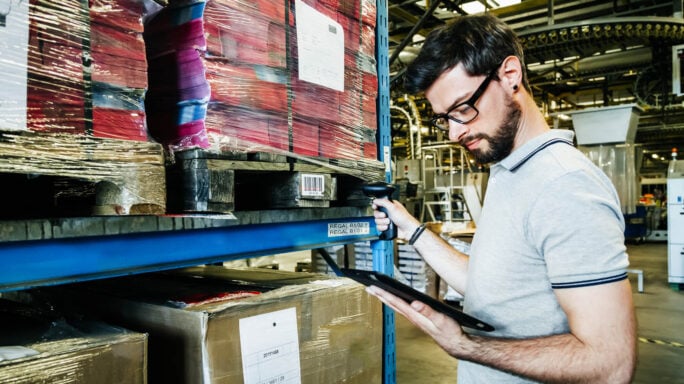Technology & Innovation
The technologies behind the circular economy
Here's a look at how the circular economy is impacting manufacturers and the technology they will need in order to address this challenge.

If you could create products that are more environmentally sustainable and compelling to your customers using fewer resources and less capital, would you? Chances are your answer is yes. As it happens, the circular economy, which favors sustainability by design, also drives manufacturers to take exactly this sort of approach when creating and improving their products.
98% of the companies we surveyed in North America as well as 97% of companies across the globe who have been impacted by green manufacturing trends say that they have already adopted a circular economy strategy. Here is a look at what the circular economy is, how it’s impacting manufacturers, and the technology they will need in order to adapt to this growing trend.
What is the circular economy?
In a traditional linear economy, manufacturers design and create a product, sell it to the customer, and then have little to no knowledge of what happens to it afterward. Once the customer has the product, they presumably use it before eventually discarding it. With minimal visibility into how the product is used, manufacturers have few options for improving it let alone making it more sustainable. In this scenario, they could be missing out on opportunities to boost customer satisfaction, advance their sustainability practices, and increase profits.
The circular economy encourages the continuous reuse of materials, taking the entire life cycle of a product into account. The manufacturer tries to make sure that the product is more sustainable by design from the very beginning, paying close attention to how the customer uses it. Crucially, the circular economy ensures that when the product is no longer useful, its environmental impact is as minimal as possible. This framework also enables a customer feedback loop, unlocking insights into how the product can be continually improved and made more profitable.
Manufacturers that participate in the circular economy ultimately benefit from advantages over their competitors. They may experience peace of mind as they build a sustainable future both for their businesses and the planet by designing products that consume fewer resources. Joining the circular economy is also advantageous from a compliance perspective, often helping manufacturers avoid running afoul of regulations. Last but not least, manufacturers that adopt this approach may also benefit from customer loyalty over the long term by choosing a sustainable path — boosting the bottom line in turn.
How will the circular economy affect manufacturers?
According to Gartner, the circular economy will fully replace the linear economy by 2029. Adapting to the circular economy will also require a significant shift in manufacturers’ mindset, technology, and business processes. Approximately 31% of North American companies believe they will have to undergo ‘major’ transformation, while the figure is closer to 25% across the globe and 21% in Europe, the Middle East, and Africa (EMEA).
As this change toward the circular economy accelerates, manufacturers will need to think more intentionally about how they can create products that have a long lifespan, use fewer resources, and generate less waste. Part of this process involves ensuring that the products are sturdy. It also means that manufacturers will need to prioritize creating products that customers will want to keep using for a long time to come. That step requires a greater understanding of how the customers are actually using the products.
Manufacturers will also need to figure out how to design their products so they can be more easily reused, repaired, and recycled. This will require even closer collaboration across the entire supply chain, spanning internal departments within the business, like marketing and sales, as well as external stakeholders such as distributors. How manufacturers approach this transition will likely depend on their industry and what works well for an electronics manufacturer may be less relevant to a business in the food and beverage space. All manufacturers will need smart technology solutions in place to successfully address this challenge.
What technology will manufacturers need to address this challenge?
Manufacturers are already incorporating the circular economy into their digital strategies. Finding the right technology is crucial to success when shifting to the circular economy, however — each manufacturer will need to select solutions to fit their specific business requirements. Many of them are transitioning key operations to the cloud, gaining new cost and flexibility advantages in the process. Approximately 60% of discrete manufacturers across the globe are already in the cloud, with at least one workload or application currently hosted. That figure is only slightly lower in the US (56%).
Migrating to the cloud can better position manufacturers to take advantage of technologies like the IIoT, automation, AI, and data analytics, which will be prominently featured in the circular economy of the future. Connected smart products will generate insights on how manufacturers can improve the way their products are recycled and reused. For example, data from a product digital twin can alert the manufacturer whether an item or component needs to be refurbished, replaced, recycled, or discarded. This innovation opens the door to increased opportunities for continuous quality improvement, maximizing resources, and unlocking cost savings while also improving customer satisfaction.
Robotics will also be an important technology in the circular economy, particularly when combined with automation and analytics. Since robotics can greatly reduce the instances of human error that may lead to a defective product or part, they will play a pivotal role in ensuring that products are durable over the long term and less likely to be tossed in the trash. According to recent research from McKinsey, manufacturers can leverage automation to continually capture value, beginning with something like a basic infrastructure that tracks pressure and flow, for example, or simple task execution automation for actuators. In more advanced scenarios, manufacturers could implement automated process control or ML-based optimization routines.
Prepare your business for a sustainable future
As the second wave of industry 4.0 arrives, manufacturers are increasingly embracing the circular economy and the benefits that come with it. Pursuing a sustainable path to product development and improvement isn’t just good for the environment; it’s a viable strategy for boosting the bottom line. Customers increasingly place a premium on doing business with manufacturers that create sustainable products, and the circular economy’s holistic approach to the product life cycle offers businesses an effective approach for responding to this demand.
As this transition proceeds, manufacturers are looking for the right technology to enable their new sustainable strategies. The cloud is one clear option, particularly since it offers manufacturers greater capability to leverage the IIoT, AI, automation, and data analytics — all technologies that will play prominent roles in the circular economy. While the transition will involve considerable adjustment for many businesses and the exact path forward for each one may vary depending on their unique business requirements, one thing is certain: The circular economy is already here and the time to begin preparing is now.








Ask the author a question or share your advice